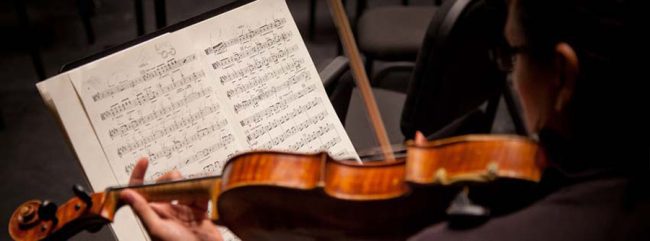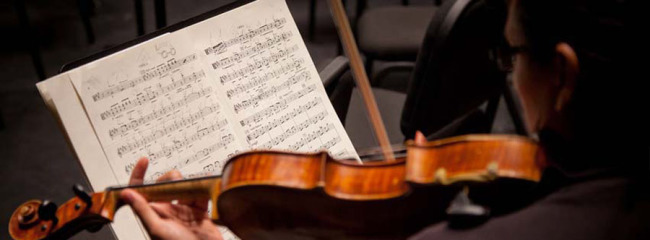By Kaylah Burton
The Meadows School of the Arts holds a reputation for offering one of the nation’s foremost arts educations, training students to be excellent artists, creative thinkers and fresh innovators.
But what happens once the teaching is done and students enter the arts sector? What’s next?
The question of what’s next is one that a number of students are now asking seriously and often.
The state of the arts in America is critical, providing a harsh climate for talented, young artist-scholars to enter after graduation. The arts sector is steadily declining due to large withdrawals of donor backing, corporate funding and audience participation with the onslaught of alternate fast and easy entertainment technologies.
While the number of artists continues to grow, steady jobs and financial backing for artists and support for arts and cultural organizations remain on the sharp decline.
The National Center for Arts Research is taking the steps to change this climate, using the power of data, investigation and research to find concrete ways to improve both decreasing arts patronage and the sharply declining fiscal health of arts organizations.
The National Center for Arts Research, or NCAR, was launched at Southern Methodist University in 2013 under the leadership of Meadows School of the Arts and the Cox School of Business faculty in partnership with other arts and research based organizations. Since then, the center has analyzed the performance of more than 50,000 arts and culture organizations in the nation and launched the NCAR inaugural report on the health of arts organizations nationwide. The findings of the NCAR are designed to be a resource to arts and cultural leaders, policymakers, and benefactors to use to improve the state of their individual organizations.
“The mission of the National Center for Arts Research is to be the leading provider of data-based insights that will enable arts and cultural leaders to overcome challenges and increase their impact,” says Dr. Zannie Giruad Voss, director of the National Center for Arts Research and Chair and Professor of Arts Management and Arts Entrepreneurship in the Meadows School of the Arts and the Cox School of Business.
According to NCAR research, “The National Endowment for the Arts’ 2008 Survey of Public Participation in the Arts revealed double-digit declines in the percentage of Americans who attended the arts for 2002 to 2008.”
The decline doesn’t stop there.
“Personal spending in arts and culture has fallen significantly over the past decade, resulting in a net loss of $45 billion for the sector.”
These numbers are alarming for students graduating with degrees in the arts, but the staff at the National Center for Arts Research believes that data is the key to not only diagnosing problems, but also finding solutions.
Marla Teyolia, associate director of the NCAR, believes that the work of the center is directly linked to students who wish to have long sustainable careers in the arts.
“The stability of the sector is incredibly important. Our goal is to be a catalyst for that sustainability so that organizations are armed with data and tools so they can better serve their communities.”
Kelsey Rohr, a senior dance major, has fears about entering an unstable job market, but organizations like NCAR, committed to securing a strong and stable future for the arts sector, give her and other artists hope.
“I get excited when I see the creative mind being valued more and more, especially when businesses use an innovative model to solve problems. I look forward to seeing artists valued both inside the job market and out.”
While NCAR is doing the work to get vital information and strategic moves to the arts and cultural leaders of the nation, Voss reminds individuals that they can take steps to improve the vibrancy of the arts such as attending performances or even donating small amounts to arts organizations. These small steps lead to big change.
“Arts organizations in the end can only be stable if they are connected to communities,” Voss said.
The center is just in the second stage of its “implementation roadmap” which includes building foundation, building capacity, building scale and finally, building reach.
The next steps for the NCAR include the creation of an online dashboard with International Business Machines (IBM), which will enable arts and cultural organizations to go online and receive their health scores based on 27 different measures. The dashboard is set to be complete early 2015.
You can see the full report online and stay up to date with the NCAR’s new findings at smu.edu/artsresearch.















